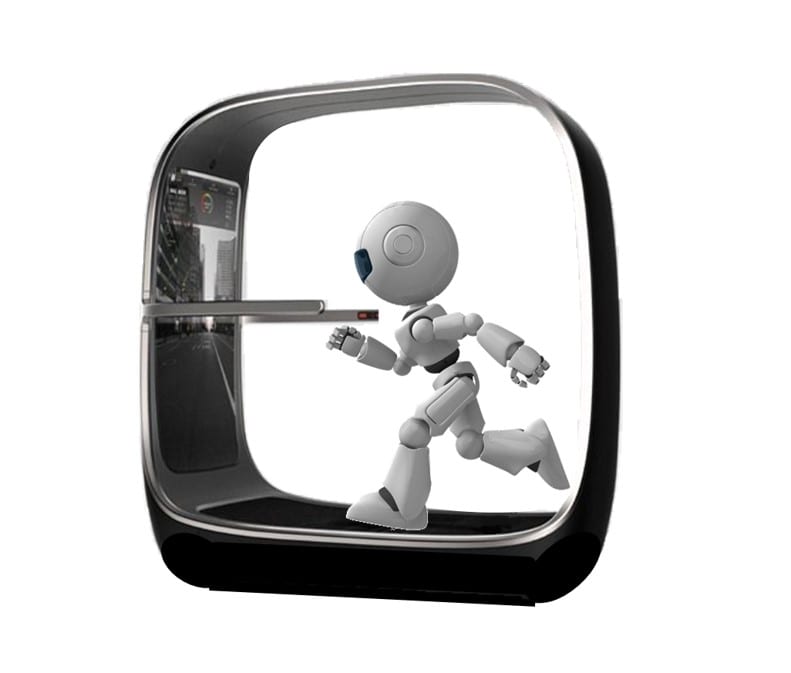Moving from Continuous Accounting to Risk Intelligent RPA™
Blog post
Share
 Over the past few years, topics such as: “Modern Finance,” “Continuous Accounting” and “Robotic Process Automation” have all created buzz across the finance industry. These topics have been launched as a response to the challenges facing finance around attracting and retaining high quality employees, the rising risk due to the difficulty in certifying accurate data, and the expectation that finance now has a role in driving the business forward. But what do these terms actually mean and how will they affect your finance organization into the future?
Over the past few years, topics such as: “Modern Finance,” “Continuous Accounting” and “Robotic Process Automation” have all created buzz across the finance industry. These topics have been launched as a response to the challenges facing finance around attracting and retaining high quality employees, the rising risk due to the difficulty in certifying accurate data, and the expectation that finance now has a role in driving the business forward. But what do these terms actually mean and how will they affect your finance organization into the future?
Let’s begin with Modern Finance.
Like “Modern Art” the term isn’t particularly Modern. It was first used with the advent of ERPs and is still an evolving approach by ERP vendors. Today, a typical Modern Finance approach is analyzing your back-office systems that directly contribute to the flow of accounting, and figuring out how to refresh those systems and reduce costs. What the approach is not, is an end-to-end solution covering not only daily functions, but all of those processes in the ‘last mile of finance’. This brings us to the next hot topic in finance – Continuous Accounting.
So, what is continuous accounting?
After all, who would want to account continuously? Continuous Accounting primarily refers to distributing the accounting workload more evenly across the accounting period to allow more focus on current analysis of the business rather than historical data. Automation, typically of reconciliations, is often a key first step in reducing manual tasks and increasing some efficiencies, but, what about the effectiveness of your financials? I think we can all agree that the goal of every finance organization is to produce ‘non-restateable’ financial statements for management and regulatory purposes. However, simply “spreading out your workload continuously across the financial close” isn’t going to support this end goal. So, what is?
Robotic Process Automation
Robotic Process Automation, also known as RPA, goes beyond balancing the tasks across the close to automating and, in some cases, eliminating the menial and manual tasks. This frees up highly trained human talent for analysis of data – applying context and meaning – and using creative intelligence to tasks such as problem solving, as well as, strategically driving the business forward. And yet, there is more that can be achieved. Trintech’s Risk Intelligent RPA™ (RI RPA) approach allows your organization to live in a risk-based world. One where the robots know the tolerances that are allowed according to your organization’s policies and automatically runs activities, only notifying a person when there is a core issue to be resolved. With RI RPA, the idea is not just to evenly spread out the accounting activities every day to reduce the month end burden, but to actually eliminate work to ensure you are doing ‘more with less.’
To learn more on why a RI RPA approach is critical to your success, check out our recorded webinar to better understand what these hot topics in finance actually mean and how to build a financial automation roadmap that will not only help your finance organization today, but will also provide a complete end-to-end solution you can grow with well into the future.
Written by: Kelli Shoevlin

